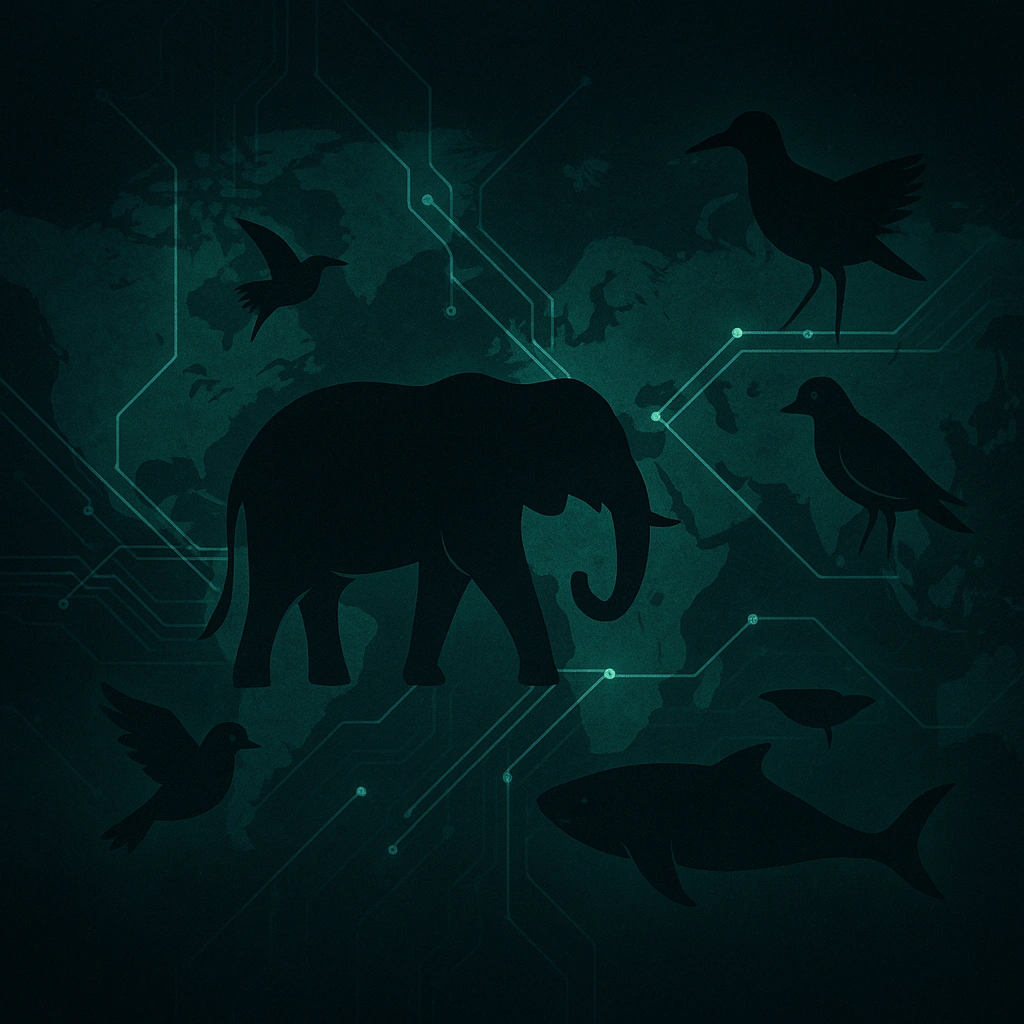
Conservation & Biodiversity Analytics
Biodiversity underpins the health of our planet, yet species are disappearing at an alarming rate. To protect ecosystems, conservationists are turning to artificial intelligence to map habitats, monitor wildlife and understand the complex interactions that sustain life. Satellites, drones and camera traps generate torrents of imagery; acoustic sensors capture birdsong and bat calls; citizen scientists contribute geotagged observations. AI tools sift through this deluge, identifying species, counting individuals and revealing patterns that would otherwise remain hidden. By bringing together data from across the globe, these systems build a clearer picture of Earth’s living network.
Statistics enable this synthesis. Classification models recognise plants and animals in photos, regression predicts how populations will respond to climate variables, and clustering delineates distinct ecological communities. Species distribution models combine occurrences with environmental layers—such as elevation, rainfall and land use—to forecast where organisms might live in the future. Predictive analytics help prioritise conservation actions by identifying areas of high endemism or connectivity and by simulating the impacts of deforestation, infrastructure and climate change. The accuracy of these insights depends on comprehensive, representative datasets and continual model refinement.
Success stories abound. AI has been used to map coral reefs from satellite images, enabling rapid assessment after bleaching events. In rainforests, machine‑learning algorithms detect chainsaw sounds and send alerts to rangers in real time, deterring illegal logging. Data‑driven models guide the placement of marine protected areas to maximise biodiversity and fishery yield, while predictive mapping helps avoid collisions between ships and migrating whales. Integrating indigenous knowledge and citizen science with remote sensing enriches these analyses and fosters community stewardship of natural resources.
Despite these advances, ethical and social considerations must not be overlooked. Surveillance technologies risk violating the privacy of local communities, and conservation decisions based on global models may marginalise people who depend on the land. Biases in training data can lead to the neglect of poorly studied species or regions, perpetuating inequities in research funding. Transparent methodologies, equitable partnerships and respect for cultural values are essential to ensure that AI strengthens, rather than undermines, biodiversity protection. Ultimately, data and algorithms should serve as tools in a broader collaborative effort to sustain life on Earth.
Back to articles